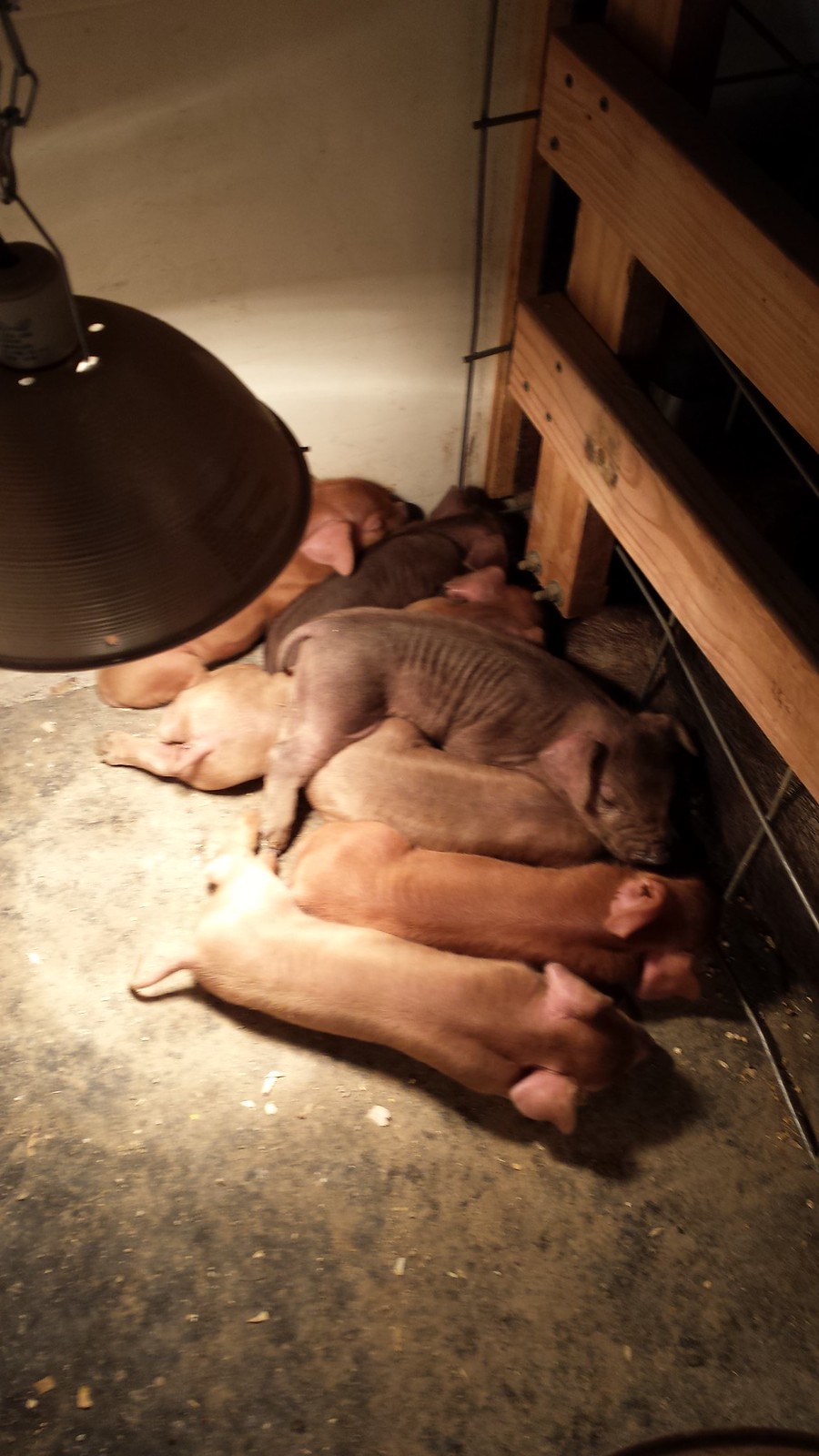************* said:
I am not telling you to change your program, I asked what was so wrong with your decades old herd that you changed it...….
I am busy enough to not need the extra burden of AI and ET, IMO, they are both extra expenditures for the end product. A bull supplier using other's genetics doesn't say much for their own herd unless they are just starting out.
If a bull is athletic enough and not overweight, he should be able to breed a cow of any size. I doubt your bull would weigh 2200 if he was in actual working condition. We have sold cull bulls weighing a ton many times. Would rather they stopped growing at 17 or 1800, they last longer that way in this rough country..
Nothing was wrong with it. Disclosure, we were never a large scale producer selling 500 bulls a year. What we were, however, was a registered herd for a long time, and we worked closely with a producer that is large and has been in business since 1952. We were never bringing in substandard genetics.
About 4-5 years ago we decided to go all in on AI and instead of just AI'ng a few a year, we decided to AI as many as possible each breeding season. One of the first things I realized was that if the nutrition was not top notch, I may be wasting my time on the AI. The heifers were easy to settle, but the older cows were not as easy. The goal was to have registered Angus cattle that performed well for our environment but to get higher weaning weights and carcass traits through better genetics. Since operations like SAV, Baldridge, Hoover, and Connealy have a deeper genetic advantage than we do, we chose AI, I should not have to explain that one. I realized pretty quickly that if I fed our existing cows very well, that they could raise a much better calf, than if I just left them out to live a "survival of the fittest" lifestyle that those AI calves would probably not develop out to their full potential. Our cattle never starved, but I can say that our mineral program, and hay left room for improvement. We have improved by leaps and bounds in the past 4 years.
There has been a lot of discussion that the best cattle are cattle that can take a beating, with minimal inputs. Humans can endure a great deal as well, it probably wouldn't hurt people to fast 2-4 days a week, but could you do that and perform your duties on the farm? Probably not. I feel this has become a topic that is a lost cause. I'm not telling anyone how to raise their cattle, I'm only saying that feeding a low-quality program is not going to create high-performance cattle.
Nothing you guys can tell me will change my mind on the progress I have seen with my own two eyes, which has been very significant.
True Grit was spot on when he mentioned "fat bulls" The bulls I see at sales are bigger than what we offer from a fat viewpoint. We don't let them turn into butterballs. Here is one that was sold in the fall of 2018, he was probably the chunkiest of the group, the rest we had were a tad bit more athletic.

This bull was had high DMI score, CED, BW, well above average CEM and Milk, along with $EN and Marb. He went to work on about 30 head as a 17 month old. So far the owner said he is performing well, and he settled all his females during their breeding window. When he was semen tested, he scored high. The vet gives them a 1-4 with 4 being the best. He was a 4.
This bull is out of our 2500 pound Stone Gate bull, so he is not a "fancy" AI bull, his dam is about 1775 pounds and is 11 years old.
If this is one of the "fat" tub of lards you are talking about that will not work in "real world" situations. I don't know what to say, because "real world" feedback says that he is doing just fine, and they are NOT giving him any grain at all. He was affordable for the producer, he has a good residual if he wants to resell him in a couple of years, and he practically pays for himself if the owner uses him for two years, steers everything, and retains his daughters, which by the way will have some good maternal traits passed on by this bull.
If he had weighed 1000 pounds instead of how he looks in the picture, I doubt the producer would have given him the time of day.



